The Rise of Adaptive Manufacturing Systems
The future of mobility isn’t on the horizon. It’s unfolding around us, reshaping how vehicles are designed, powered, and produced. Electric vehicles are gaining market share, autonomous technology is being deployed, supply chains are being rebuilt, and new technologies are reshaping manufacturing. In this era of upheaval, General Motors Spring Hill Manufacturing isn’t just surviving, it’s setting the pace.
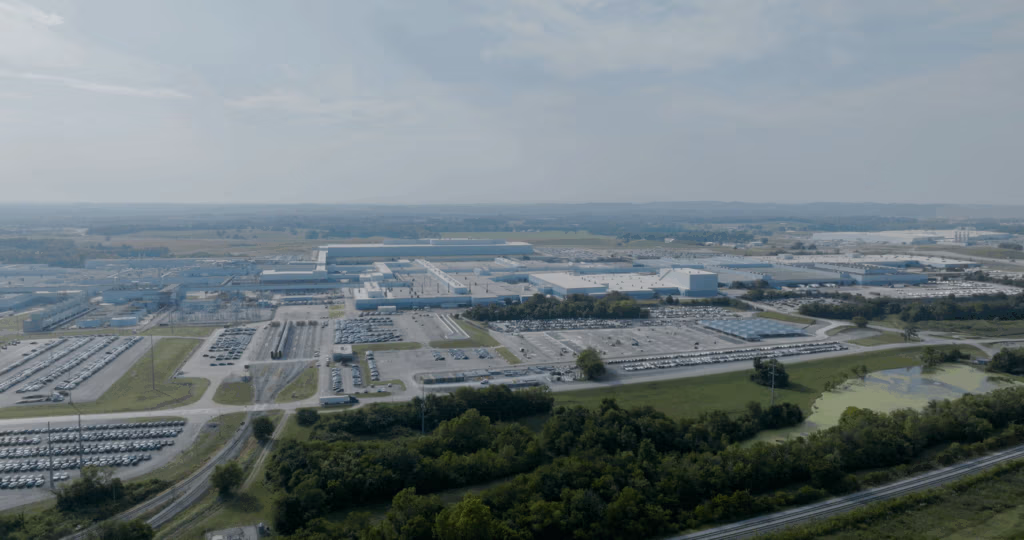
At the heart of GM Spring Hill’s strategy is a simple but powerful mantra: flexibility is the new stability. GM has invested in an award-winning portfolio of gas-powered vehicles and offers the broadest lineup of electric vehicles of any automaker. Their Spring Hill manufacturing plant embodies this dual commitment to tradition and transformation. GM Spring Hill is building cars while also building the future.
A Complex Built for Complexity
GM Spring Hill spans 2,100 acres with 11 million square feet of facilities. The complex includes multiple specialized plants that work together to build vehicles from the ground up. Their vehicle plant includes areas dedicated to metal stamping, injection molding for plastic parts, body welding, paint, and general assembly. The GM Spring Hill complex also has plants that build gas engines, EV batteries, and Ultium Cells, the advanced battery technology developed through GM’s joint venture with LG Energy Solution.
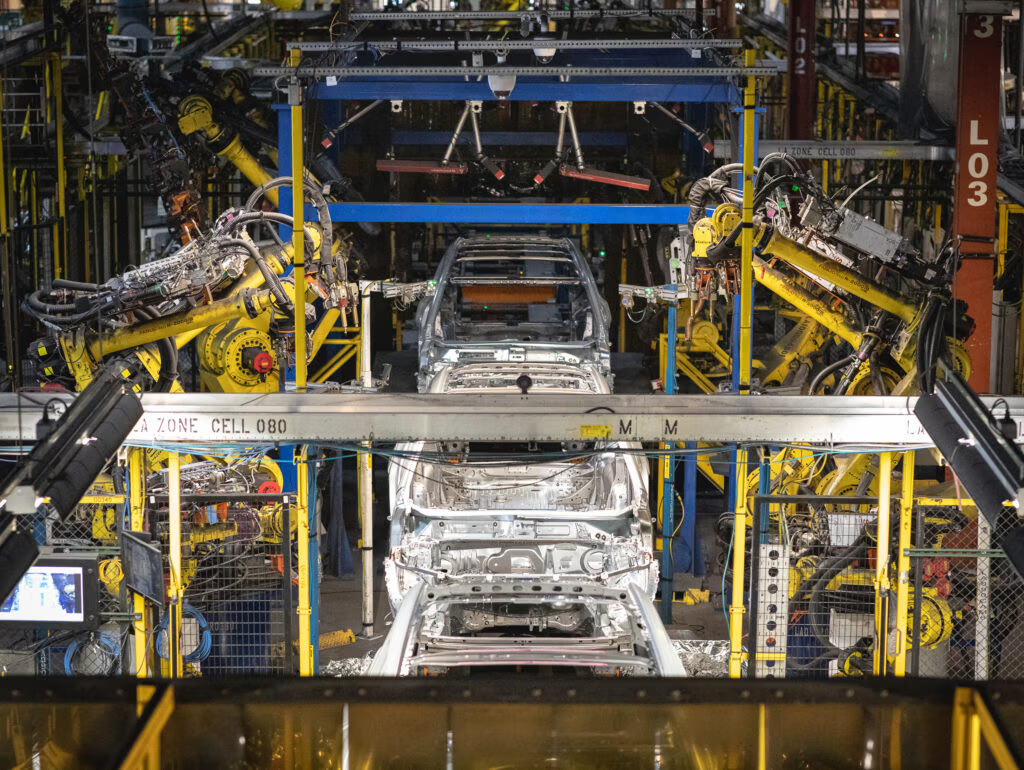
This integrated approach allows their team to support every stage of vehicle production, whether it’s a traditional internal combustion engine or a cutting-edge electric drive unit. With nearly 4,000 dedicated employees, GM Spring Hill is a powerhouse of talent, adaptability, and pride.
“Our team members are the heartbeat of this plant,” said Plant Executive Director Anton Busuttil. “Their dedication and ability to adapt to any challenge are what drive our success and keep us moving forward.”
One Line, Two Futures
What sets Spring Hill apart is their ability to build both gas and electric vehicles on the same assembly line. While other automakers opted to separate their EV and gas-vehicle production into different facilities, GM chose a different path, one that prioritizes flexibility and responsiveness to meet customer demand.
This means that if the market shifts toward electric vehicles, Spring Hill can ramp up EV production. If customers want more gas-powered options, they can pivot just as easily. It’s a dynamic system that gives GM a strategic advantage in an unpredictable landscape.
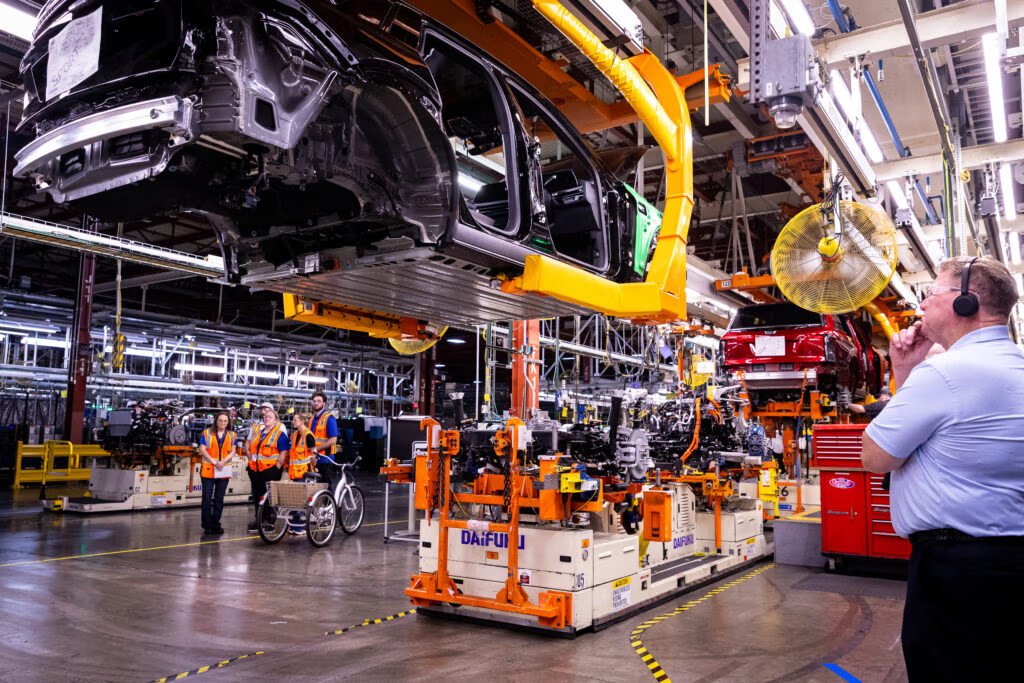
But perfecting this system wasn’t easy. When Spring Hill launched its first electric vehicle, the Cadillac LYRIQ, a luxury midsize SUV, in 2022, the plant had to be reimagined. The team updated the plant layout to configure the flow of gas and EV parts, changed the conveyor system to accommodate the additional weight of EV batteries, and recruited additional suppliers for their EV components.
And the timeline was tight. The Spring Hill team continuously learned , adapting quickly to ensure quality and safety while meeting production goals. The result? A successful launch that proved the team’s resilience and capability. The LYRIQ is now Cadillac’s second highest-selling vehicle and the brand’s top selling EV. In 2025 the LYRIQ became the first American vehicle to win German Luxury Car of the Year.
Training for Transformation
Today Spring Hill builds two electric vehicles, the Cadillac LYRIQ and VISTIQ, as well as gas vehicles like the Cadillac XT5 and, beginning in 2027, the Chevy Blazer, on the same line. Few plants in the world have the ability to do this.
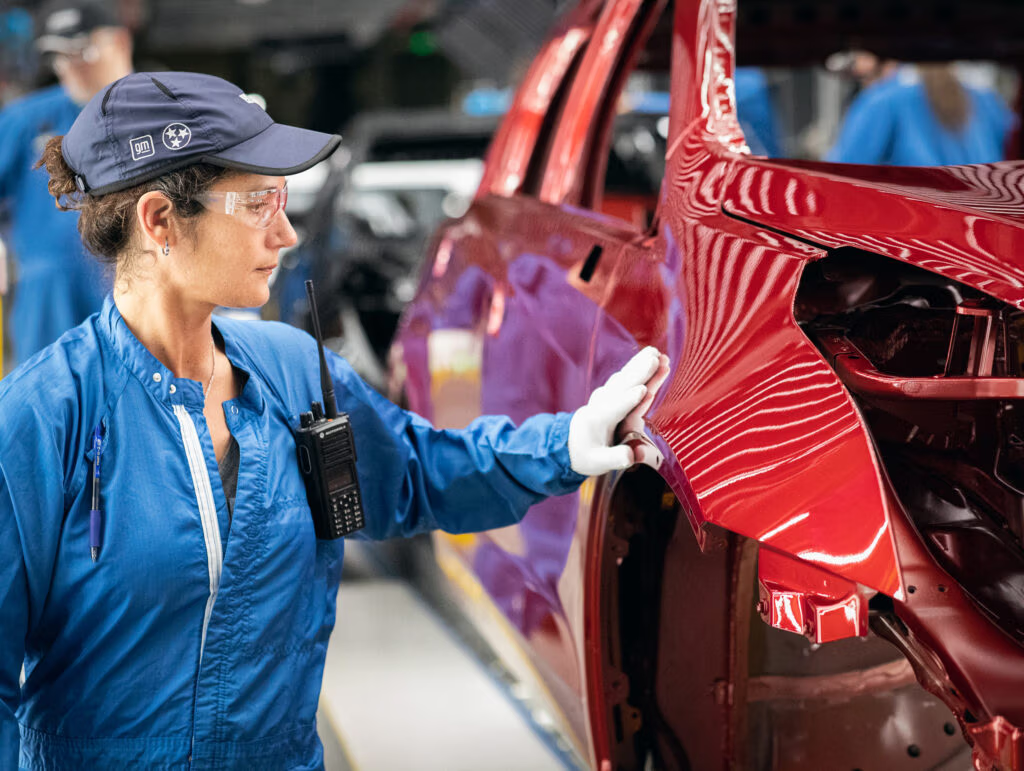
Spring Hill team members are trained to flexibly handle both gas vehicles and EVs. Take Danyel Woody, for example, a Team Leader on the engine dress line in General Assembly. Each day a different mix of gas engines and electric motors pass by her team’s station. When a gas engine comes down the line, Danyel’s team adds dozens of mechanical components to support combustion and emissions, but when an EV motor arrives, the job shifts to connecting a handful of high-voltage, cooling, and electronic systems.
“When I’m training new team members, I map out for them the different processes we use for an engine versus an EV,” Danyel said. “It can be challenging at first, but our people are quick, and they figure it out.”
Another area where the workflow differs substantially is the underbody cradle. This is the metal foundation of the vehicle on which the engine rests. Durell Thomison is a Team Leader in this area at GM Spring Hill. His workstation is beside a robotic arm that places the heavy vehicle cradle on an autonomous guided robot that moves the underbody across the plant as it’s assembled. When a gas engine arrives at Durell’s station, he fastens the exhaust pipe. When it’s an electric motor, he adds the vehicle’s noise generator.
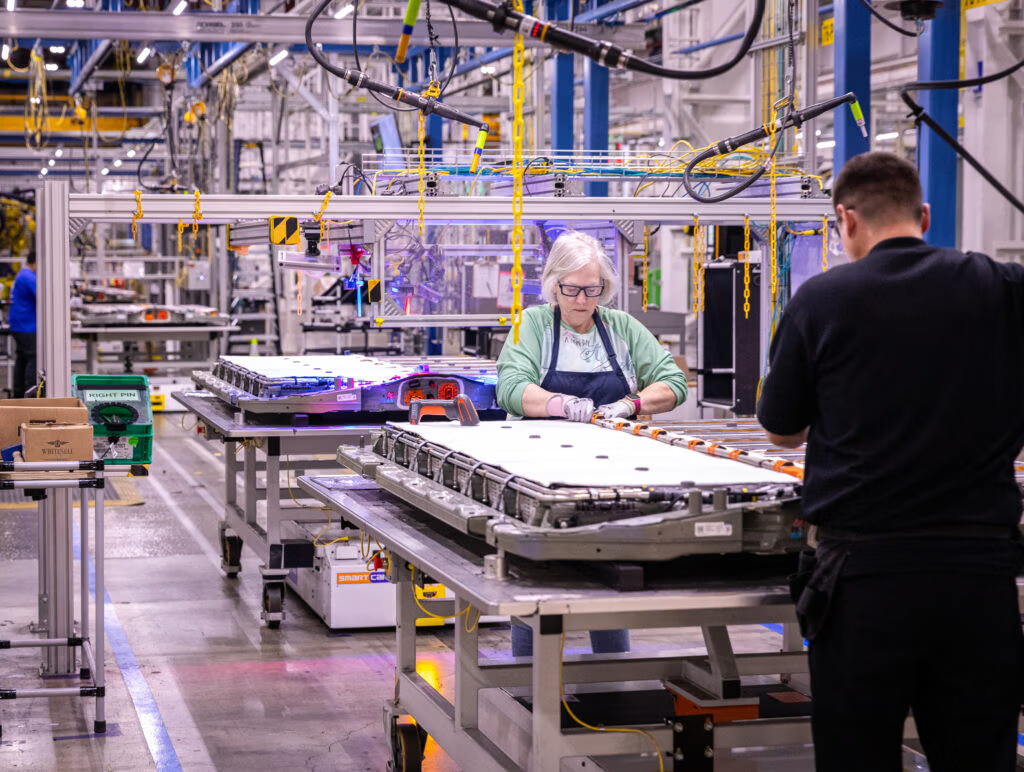
“It was different learning to work on EVs,” Durell said, “but that’s part of the job. You’re ready for whatever comes down the line.”
These stories reflect a broader truth: GM’s people are their greatest asset. Their willingness to learn, adapt, and grow is what makes Spring Hill Manufacturing so special.
Built to Adapt, Ready to Lead
GM has been manufacturing world-class vehicles in Spring Hill for 35 years, and they’re building off this legacy . Their ability to build both gas and electric vehicles on the same line allows them to quickly respond to market shifts, customer preferences, and technological advancements.

Whether it’s new propulsion systems, advanced software features, or entirely new vehicle platforms, the team is ready. From the plant’s origins, flexibility has been central to their DNA. It’s how they became leaders in the industry, and it’s how they’ll maintain their place as the industry continues to change.















